Considering the current events surrounding the political instability in Libya, I thought I would repost my piece on Tripoli, Libya, a place I had the opportunity to travel to for business in 2010.
I recently had the opportunity to travel to Tripoli, Libya for a business trip. I went because I am working on a project to build an entirely new city of 120,000 people on the Mediterranean Sea just outside Tripoli. I went into the experience with certain expectations and understandings of urban life in this part of the world but had to see it firsthand if I am going to be designing a new city here. So I went, I met with a lot of people and government officials, I explored a lot of neighborhoods, and came away with a better understanding of what is going on in Tripoli, so I thought I’d share some thoughts and insight.
One of the first things I noticed was the purposeful and sharp distinctions made between contrasting ways of life and urban forms. First, Arabic culture seems to draw a rigid line between private and personal life. Residential streets are characterized by wall after wall abutting the sidewalk, usually 10 feet in height, and separating private residences and courtyards from the public realm. Private life is cherished and respected, perhaps because the public realm is chaotic, busy, and compact. Conversely, private life seems more orderly, rigid, and defined. With this, there also seems to be a clear delineation between use of spaces and places, and the idea of mixed-use is not as common place as it is in the United States. Yes, it does exist (and to a greater extent than Indianapolis, Indiana mind you) but there seems to be clearly defined zones of activity more so than I would have expected. Finally, there is also a clear separation between women and men in social situations. The cafes, markets, and mosques are a man’s world while the private residential compound is a woman’s. These distinctions, considered normal in the Middle East, would never be promoted in the U.S., as they fly in the face of New Urbanism principles of the 21st Century.
Other things I noticed were unique urban forms I had never come across before. This probably has to do with my limited traveling throughout the Middle East but I also think it’s because Tripoli hasn’t been hit with a mass-tourism wave like so many other places in the world, so their center city is not squeaky clean, picture perfect, or ‘Disney-fied’ like so many European cities. Thus, it has held onto its uniqueness and originality, making it extremely beautiful, charming, and endlessly interesting in its own right. The medina or ‘Old City’ or Souq is an extremely dense, pedestrian only part of the city where numerous large markets converge, making this medina the largest in Libya. It is an urban environment I had never quite experienced before and its vibrancy, integrity, and amazing sense-of-place blew me away. It is a place you could go to over and over and find something new to discover every time. There is no doubt that Tripoli’s medina is a point of pride for the region and is something that ought to be celebrated and preserved for years to come.
Unfortunately, in Gaddafi’s attempt to ‘modernize’ Libya, it seems the country is trying to go the way of Doha or Dubai. While driving around the city, I noticed billboard after billboard of some monstrosity being built along the coast or around the center city. These projects are often in the place of old neighborhoods that have been entirely demolished, making way for monotonous ‘starchitecture’ skyscrapers that do little for urban environments, cut off pedestrian activity, and thus limit social interaction. Sure, they look amazing from a mile away, but up close they’re all a mess, with no activity or anything of interest happening around them; it’s artificial, not natural. If Tripoli isn’t careful and if these trends continue, the city will eventually demolish themselves into cultural bankruptcy, losing who they are and where they came from. As I have said before and I’ll say it again: 21st Century urbanism – no matter where you are in the world – ought to protect and enhance uniqueness instead of conforming to homogeneity and sameness.
Check out this website for a better understanding of modern Middle East urban policies and how Doha has indiscriminately demolished large swaths of their urban environment, all in the name of ‘progress.’
Hopefully Tripoli and Libya in general will open their eyes and see Dubai, Doha, and Abu-Dhabi as examples and case studies of what not to do and decide to go their own way, preserving the Libyan culture and protecting the great urban forms that presently exist. Below are pictures that celebrate the uniqueness and great urban forms of Tripoli. Enjoy!

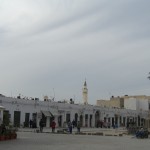
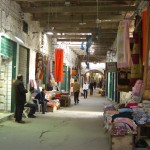

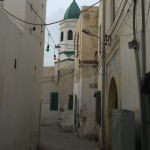

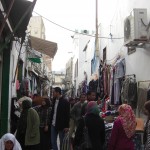
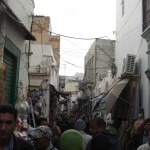


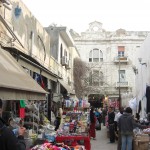
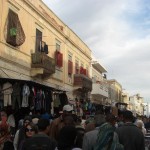


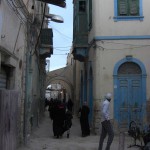
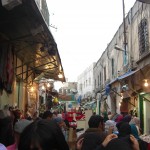
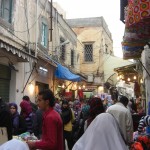


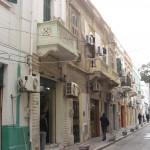

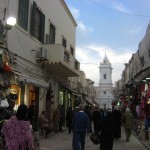
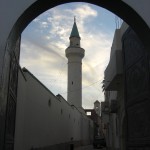
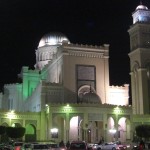

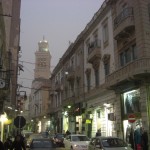

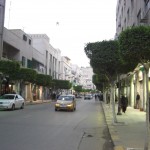
I attended a workshop at Railvolution where some of the panelists were working on a similar project and cited the gender differences. Quite a different perspective when approaching urban design in that environment.
Great post, Greg. I love seeing and gaining understaing of other urban areas and how the culture plays into it. With the excess of information on North America and Western Europe, it’s good to see and understand bits and pieces of the rest of the world.
Just want to express my appreciation for this article, and the insights contained in it. Found the link to it in http://www.grist.org/cities/2011-03-31-chinas-ghost-cities-and-the-biggest-property-bubble-of-all#comments, about a huge, empty mall in China. My thoughts on this mall were along the lines of yours, about the artificial nature of such things. I’ve worked in a mall, in the US, but have always felt weird & uncomfortable in it. They may be a place where people gather to shop, eat & meet, but something about ’em doesn’t ring true.